Silver chinchilla cat: description and rules of keeping
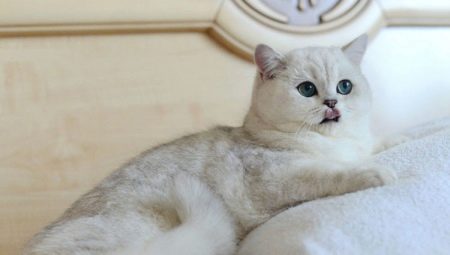
The described breed of cats received the name "silver chinchilla" in connection with the external resemblance of its fur to the color of the skin of the rodent of the same name. This group includes several cat breeds at once. They will be discussed below.
Origin story
The history of the emergence of this group has not been sufficiently studied. There is a version that on the territory of modern Europe the first representative of the silver lambkin breed (this is another name for chinchilla cats) appeared in Britain. And he was brought to the territory of Foggy Albion in the days of Ancient Rome. However, most experts still agree that chinchillas were bred on the territory of England itself in 1883.
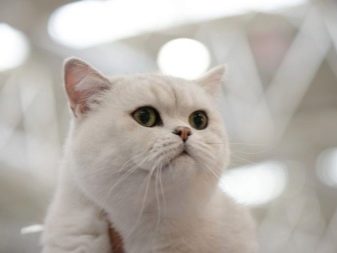
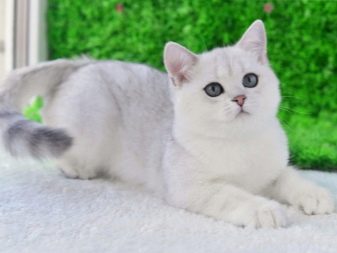
A certain cat lover, Mrs. Wellance, acquired a female kitten with a rare color for that time and was so fascinated by her pet that she got the idea to get offspring from her. For this purpose, a Persian cat was found with long hair and a similar smoky color. We managed to get offspring from this pair. Two generations later, in 1894, a kitten was born, which was considered the founder of the Silver Lambkin breed. Later, this cat won many various awards in competitions, and now his stuffed animal flaunts in the Natural History Museum in London.
Purebred chinchilla cats are believed to have emerald green eyes.
Breeders have been trying to get offspring with such features for a very long time.For this, the first chinchillas were crossed with variegated or tabby cats, but since the famous chinchilla color was obtained extremely rarely, and such kittens were in abundance, the breeding of this breed was very slow. The chinchilla cat breed received official recognition only recently, already in the current century.
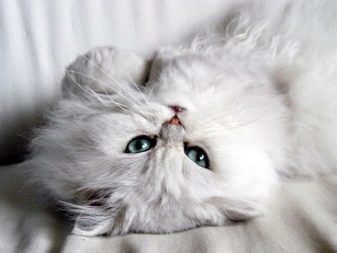
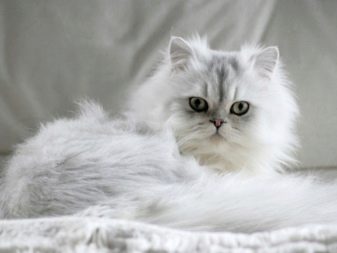
Description
According to modern standards, the coat of a silver chinchilla should have a predominantly white tint. Only a slight darkish bloom on the tips of the hairs is allowed, creating a silver effect. It is considered a great success if you managed to get silver kittens with blue eyes. It was they who were originally considered purebred representatives of the chinchilla cat dynasty.
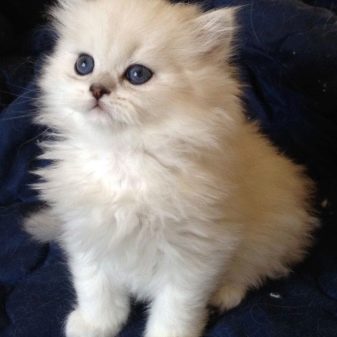
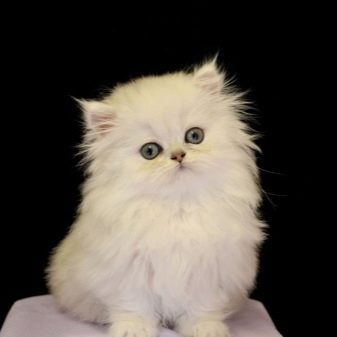
Over the years, individuals with green and amber shades of eyes also began to be recognized. As for the body structure of the described breed, these cats are characterized by short powerful paws, a fluffy tail and a massive chest. The shape of the head is round, the cheekbones are pronounced, the ears are small, neat. The nose of cats of this breed is pinkish-brown, slightly flattened, which is typical for their distant relatives - the Persians.
The chinchilla group includes several different breeds.
- British. They are distinguished by short thick fur, dense build, well-developed muscles. The eyes are usually bright green in color. The ticked color is very expressive. The ears are small, erect, with rounded tips. Feet are short and strong. The head is of the correct round shape. The tail is thickened, short and very fluffy.
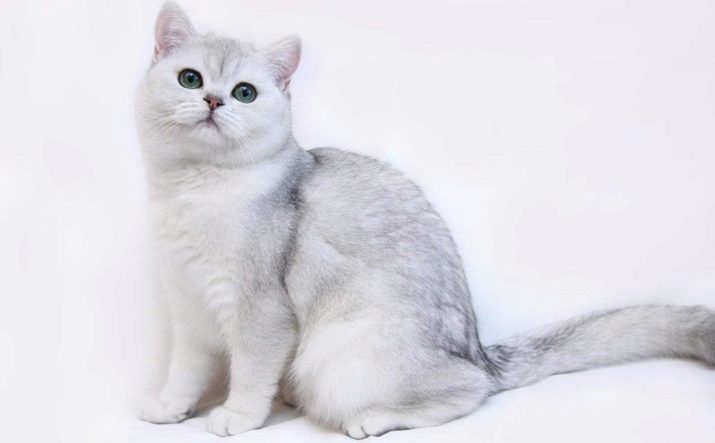
- Persian... The coat is quite long, the tail is fluffy, the eyes are most often green, less often blue or cognac. The paw pads of the Persian chinchillas are black, the nose is red. The ticked hue is less noticeable than the British.
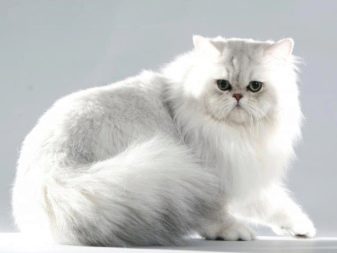
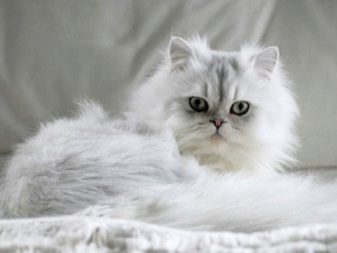
- Scottish... They are often confused with the British breed - the same thick and short fur, emerald-colored pupils with black edging around. They can be distinguished by the shape of the ears - their tips are slightly tilted forward and downward. According to the given breed standards, ears should not go beyond the boundaries of the outline of the head. The paws are more elongated and more proportional to the animal's body itself. The head with a pronounced lower jaw resembles the outline of an owl. The tail is flexible, slightly elongated.
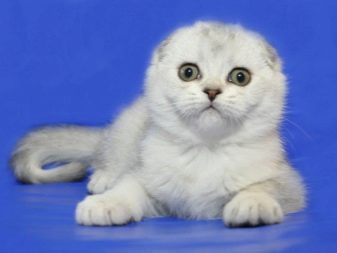
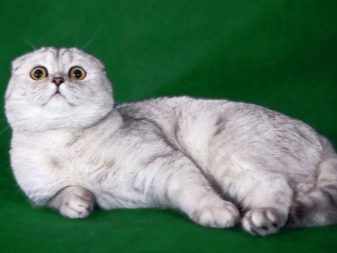
- Scottish fold... This breed is also called Scottish Strike. The coat is of medium length, has a white undercoat at birth, and the characteristic silver bloom appears a little later. The paw pads are dark, with a well-defined dark rim around the pupils, nose and mouth. The eyes are large and expressive, green with an amber tint.
Due to their thick and light coat, silver chinchillas seem larger than other cat breeds. At the same time, cats differ from females in larger sizes, this can be seen even by a non-specialist. If a female weighs about 5 kg, then males can reach 7 kg or more.
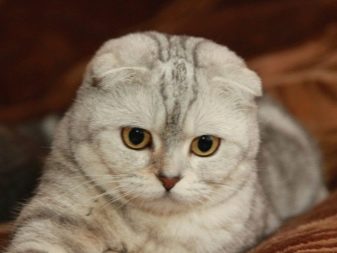

Silver chinchillas are also divided into several groups according to coat color:
- a group with a silvery color with darkening, when the dark part of a hair does not exceed 1/8 of its length;
- ticked, when the color is not of any specific character, such as stripes or specks, but the zones of light and dark hair alternate in a certain order;
- shaded when the hair is about 1/3 of its length dark.
Character traits
Chinchillas are prized for their friendly disposition and docile nature. They are considered the true aristocrats of the breed. Chinchillas love to play with their toys, but it is not common for them to do something out of spite or harm, for example, sharpen their claws on furniture or tear off curtains. These cats are happy to spend time on the lap of the owner, they are easily trained to the litter box and are very patient with children's pranks.
However, as is typical of all representatives of high society, these animals require increased attention to themselves.
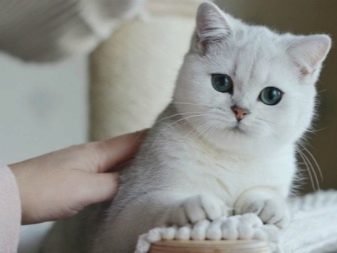
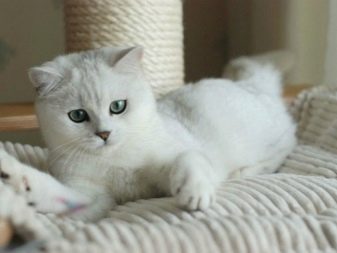
Constant communication with the owner is very important for them. They gladly accept hugs and other caresses, often even sleeping in the same bed with their owners. Thanks to natural wisdom and restraint, cats are tolerant of loneliness, but they still prefer society and yearn even in a long separation from the owner.
Cats of this breed can be as loyal as dogs. At the same time, they will not wake you up in the morning with loud sounds with various requirements, but tactfully wait for awakening in order to give their love and affection. Some breeders claim that chinchillas are able to give their meows the right intonation to express their wishes.
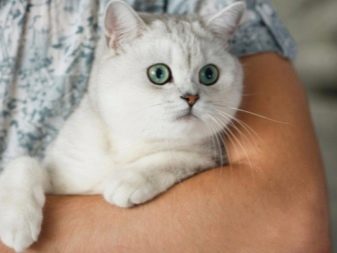
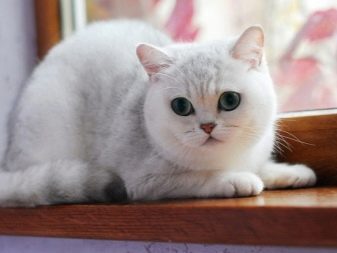
At a young age, kittens, like all children, are playful and mobile. Any item can be chosen as a toy. With age, cats become more imposing and lazy, their royal origin begins to appear in them. They prefer to spend time in a sweet nap than in outdoor games.
It is noted that Chinchilla is not characterized by the manifestation of dissatisfaction in any form. Cats of this breed are tolerant of dogs and other animals. They, as a rule, do not show much sympathy, but it is also not in their nature to show aggression. To guests who are in the house, animals are also well disposed - they allow themselves to be stroked and willingly go into the hands.

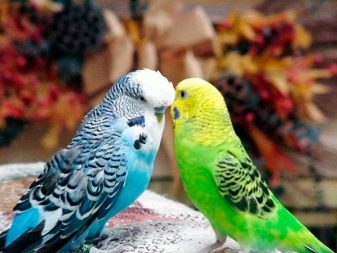
But chinchillas rarely get along with other cat breeds. This must be borne in mind when deciding whether to purchase a kitten of this breed.
They also hate being restricted in their freedom of choice or movement. Given these features, then such cute creatures can become true friends.
Conditions of detention
Since silver chinchilla cats are very beautiful, they are not cheap. And in order to maintain their beauty and justify the funds spent on their acquisition, it is necessary to periodically carry out some procedures for caring for the animal. The manipulations are simple, but they must be done regularly.
Chinchilla fur requires special attention. To really sparkle and shine silver, it must be combed at least twice a week. This applies to both long-haired and short-haired breeds. First, the fur is combed in the direction of growth, then in the opposite direction. This procedure will allow not only to keep the animal's fur in order: combing is also an excellent massage, which is very useful for an aristocratic pet.
A slicker is not suitable for these purposes, it can injure the skin and damage the wool cover. You need to purchase a special brush.
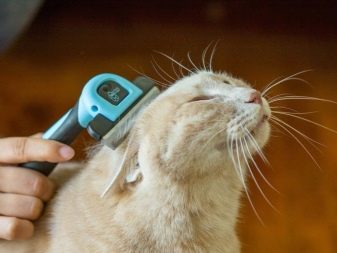
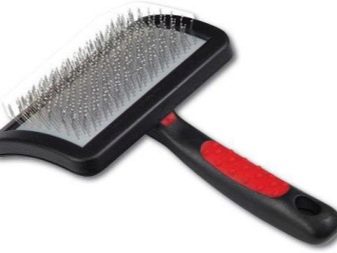
Washing your chinchilla is often not recommended. Water procedures are shown to animals as needed. With excessively frequent use of soap, the natural fat layer is washed out, and the wool itself acquires an unaesthetic yellowish tint. To keep chinchilla cats clean, it is recommended to use special dry shampoos for cats. Preference should be given to products with a whitening effect.
Some owners recommend rinsing the coat with a mild vinegar solution before exhibitions and other important events. After that, the skin becomes shiny and especially pleasant to the touch.

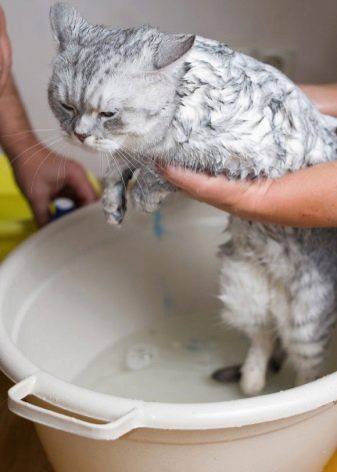
A feature of all chinchillas is increased tearing. Therefore, tear streaks appear often and they need to be removed with a cotton swab dipped in a solution of boric acid, chamomile, or at least in ordinary boiled water. If suppuration occurs, it can be cured with tetracycline ointment.
Also, do not forget to take care of your cat's teeth. This should be entrusted to the veterinarian, who at the same time will check their condition for possible diseases.
If a foul smell comes from your pet's ears, you should also see a doctor.
The claws are cut twice a month. Regular scissors are not suitable, they can injure the animal.There are special claws with which you can trim the claws to the desired length.
All purebred cats must be vaccinated. This process usually takes place in two stages. The first stage in chinchillas begins at the age of one and a half to two months. Among the first to be vaccinated against distemper, rabies and other infections.
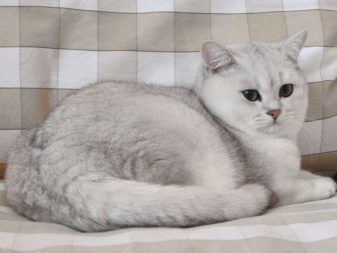

To consolidate the protection, a second vaccination is carried out in a month. Then vaccinations should be repeated annually. The incubation period for any vaccination is 10 days.
Nutrition
Veterinarians do not recommend mixing meals from a common table and special foods. It is optimal to dwell on one option. In this case, the pet's diet should be quite varied. It is advisable to alternate between different types of meat: rabbit, chicken or turkey. As for the heat treatment of meat, there are no prohibitions here - cats are equally loyal to both raw and boiled food.
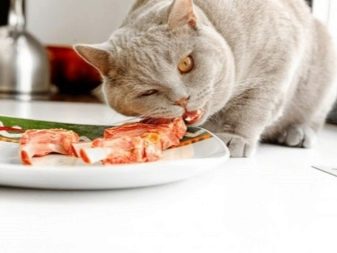
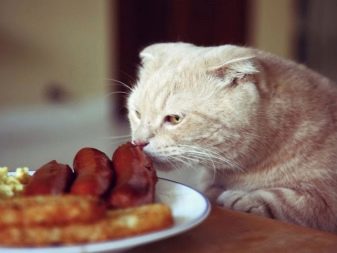
Large pieces should be pre-chopped. In order to keep in shape, it is advisable to introduce fish and dairy products into the cat's menu no more than twice a week. Also, one should not forget about vegetables - cabbage, carrots. You can introduce buckwheat, quail eggs, oatmeal into the diet.
Breeding
The breeding process of cats of the silver chinchilla breed is very complex. Professional breeders are very meticulous in choosing a mating partner. If the pair is not matched carefully enough, a kitten with the wrong coat color, from the point of view of pleasant standards, may be born. At the same time, the purity of the breed is lost, and it can take several years to restore it, during which the correct signs can weaken or disappear altogether.
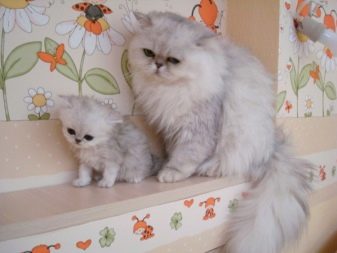
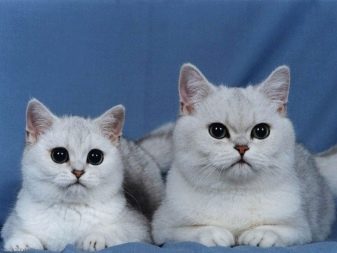
Therefore, a future pair for mating is selected exclusively in special nurseries or from trusted familiar breeders.
Since there are very few such nurseries, it is not an easy task to find a suitable partner from whom you can get purebred pedigree offspring that can be presented at competitions and exhibitions. Professional breeders carefully check the pedigree of potential partners in order to find identical roots to maintain the purity of the breed. Also, studying the pedigree helps to exclude the possibility of kinship and avoid the risk of giving birth to kittens with deviations.
If the parents were closely related, then the children born to them may be sick with hemolysis. The first sign of illness is if newborn kittens have red urine. The babies should be urgently taken away from their mother and fed artificially. Relationship can also be determined by blood type, but this process is lengthy and expensive. In addition, in Russia this type of diagnosis has not yet been sufficiently mastered, and to obtain one hundred percent results, biomaterials are sent to the United States.
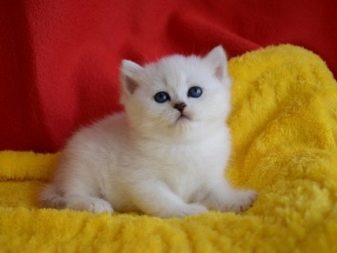
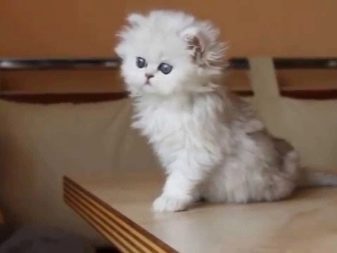
However, on the other hand, the presence of common relatives in the first or second generation increases the chances of getting purebred offspring. But at the same time you need to understand that kittens born to such a pair may be born sickly and unviable.
For the features of chinchillas, see below.
































